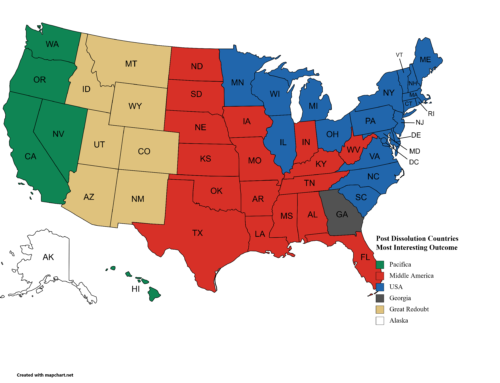So many of our senior leaders in all segments of industry are so mired in the day-to-day minutiae of their companies that they convince themselves they have no time to look out into the future, let alone bring together their directors for long-term planning projects.
We have said in past posts that getting out of the daily weeds is exactly the job of the senior leader. But the reason so many find it difficult to do is that they don’t know what to transition their attention to. So here it is: Strategy.
Strategy is the link between the high-level strategic objectives of an organization and the means which you have to achieve them. Your strategic objectives are the “what” that you want to achieve. Strategy is the “How” which you will construct to get there.
If you are in Los Angeles with limited resources and no car (your initial condition) and need to be in New York by a certain date to start your new job (your objective), strategy is the way that you will finally determine to get there. You might, rent a car, or buy a plane ticket if you have the money to do so. But you might decide that in so doing you’d have nothing when you arrive in NYC, so you might try to hitchhike, or arrange rides with people you know are driving that way. You might take a bus. Even the route you choose should be taken into account based on the time of year with weather or expected road construction (Google Maps tells you that today very accurately).
So you can see that strategy links what you want to achieve with what you have to achieve it, but it also takes into account a myriad of assumptions. Next time we will consider what goes into a good consideration of assumptions.
Think well.






Leave A Comment